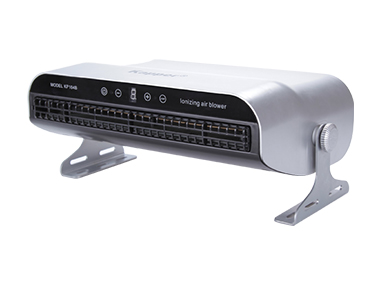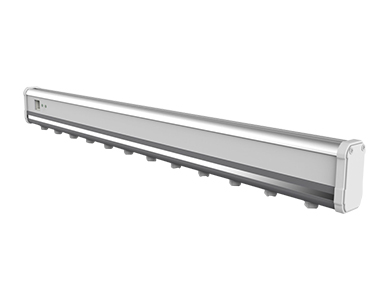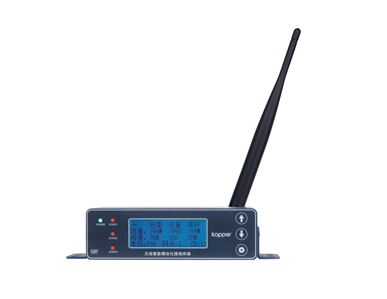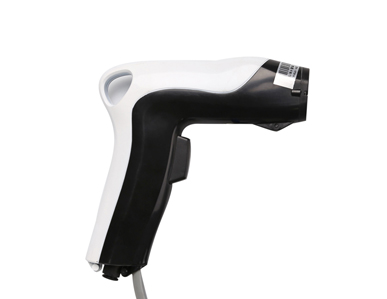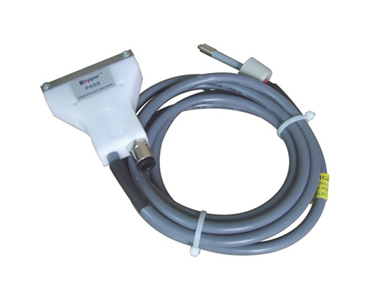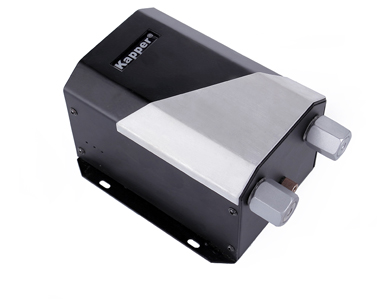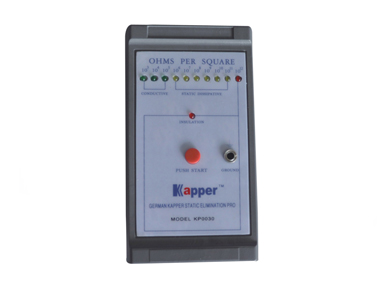Factory common mistakes anti-static method
Release time:2021-12-10 Views:756Second
In many factories, we use a lot of anti-static products, why do static damage often occur? The following article describes the common wrong anti-static methods in factories.
1. There is no anti-static product testing instrument
The most common mistake is that many companies purchase a lot of anti-static products, but do not purchase some commonly used anti-static product testing instruments. We know that each product has a certain period of use, and the quality is divided into good and bad. If there are no commonly used testing instruments, we will not know whether the product is damaged or not and the quality is good. In this way, the anti-static effect will not be achieved.
2. The ground wire connection is not good
a. The anti-static system must have an independent and reliable grounding device, the grounding resistance should generally be less than 10Ω, and the burying and detection methods should meet the requirements of GBJ 97.
b. The anti-static ground wire shall not be connected to the neutral wire of the power supply and shall not be shared with the lightning protection ground wire. Because lightning strikes and other phenomena will affect the performance of the product and personal safety through the circuit.
c. Use a three-phase five-wire system for power supply, and its earth wire can be used as an anti-static ground wire (but the neutral wire and the ground wire should not be mixed).
d. The cross-sectional area of the grounding main line should not be less than 100mm2; the cross-sectional area of the branch trunk line should not be less than 6mm2; the grounding wire of the equipment and the workbench should be a multi-strand plastic-coated wire with a cross-sectional area of not less than 1.25mm2, and the color of the grounding wire should be yellow-green line appropriate.
e. The connection method of the grounding main line should be brazing.
f. The connection terminals of anti-static equipment should ensure reliable contact, easy to assemble and disassemble, and allow the use of various clip-type connectors, such as fish clips, plug sockets, etc.
g. Workplaces that require high grounding resistance values should install grounding system monitoring and alarm devices.
3. Treat anti-static products as ordinary products
Many companies use anti-static products as ordinary products, thinking that the products can continue to be used without deformation or rupture. In fact, this is a misunderstanding. For example, anti-static wrist straps can only be used for a few months. After a period of use, the appearance may not be damaged, but when testing, it is often found that the wrist strap is broken.
4. Not paying attention to socks and insoles
Usually when people wear anti-static shoes, they also wear socks or insoles. For people with sweaty feet, these socks and insoles will also conduct static electricity. However, some people whose feet are not easy to sweat should wear some non-anti-static shoes. And pad insole, the socks and insoles can not conduct static electricity, so the static electricity of the human body can not be introduced into the earth through the shoes. Therefore, a "human body comprehensive resistance detector" is placed at the entrance of the computer room or workshop. The human body comprehensive tester can quickly and accurately detect those who wear unqualified anti-static shoes, socks and insoles. It is recommended that workers wear anti-static slippers in summer and do not wear thongs. In winter, they can wear cotton socks but not nylon socks.
5. Only wear anti-static shoes and no anti-static clothing
In addition to wearing anti-static shoes, people should also wear anti-static overalls to better control the static electricity of the human body. Because clothing can also carry a high amount of static electricity, especially most of the current clothing is chemical fiber, which can generate thousands of volts of static electricity.
6. Only wear anti-static clothing and no anti-static shoes
Experiments have shown that if people only wear anti-static work clothes without anti-static shoes and do not have a good anti-static ground, the anti-static effect is extremely poor.
7. Wear anti-static clothing and shoes but no anti-static floor and no anti-static wrist strap
We know that the static electricity of the human body is generally guided into the anti-static floor through anti-static shoes, or into the ground through the wrist strap. If there is no anti-static floor and anti-static wrist strap, it will be difficult for the person's static electricity to be conducted away. It is best for companies with conditions to have anti-static floors and anti-static wrist straps, and companies without conditions should at least have anti-static wrist straps.
8. Improper use of wrist straps
Because the wrist strap is relatively easy to damage, it should be tested every day. A good wrist strap will also not conduct electricity because the worker wears it too loosely, so the best way is to use the wrist strap online monitor to monitor it at any time. However, many companies do not even have a wrist strap tester. A wrist strap has been used for more than a year and it is not used until it is broken. This will not have the effect of discharging static electricity.


